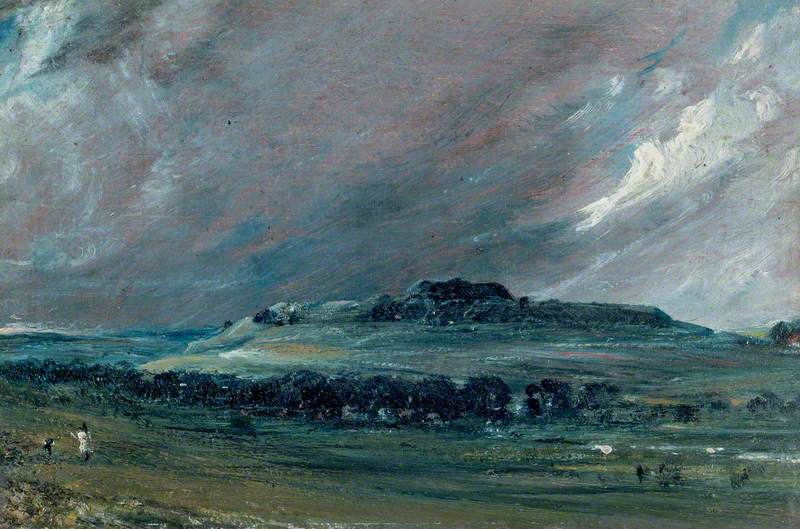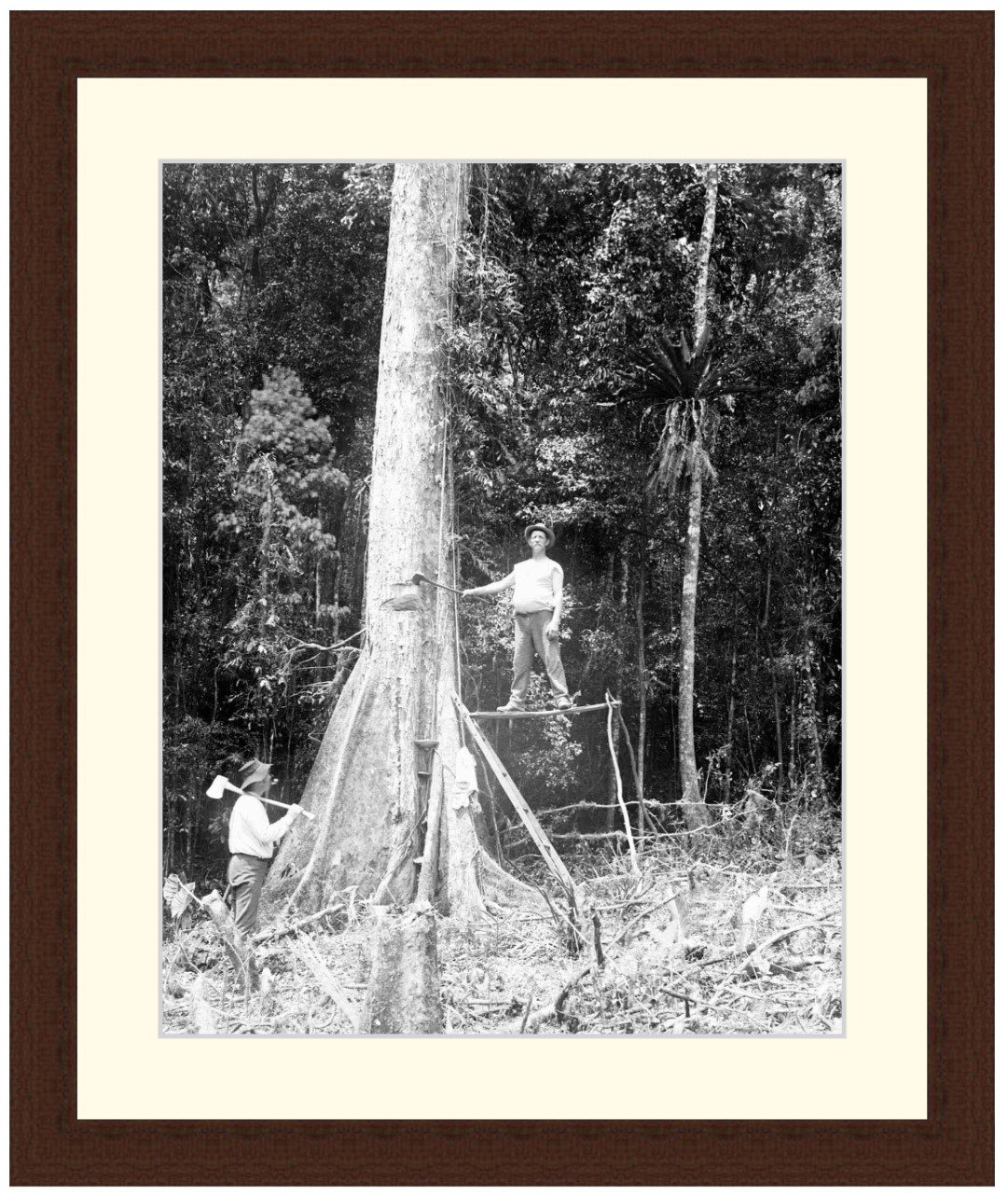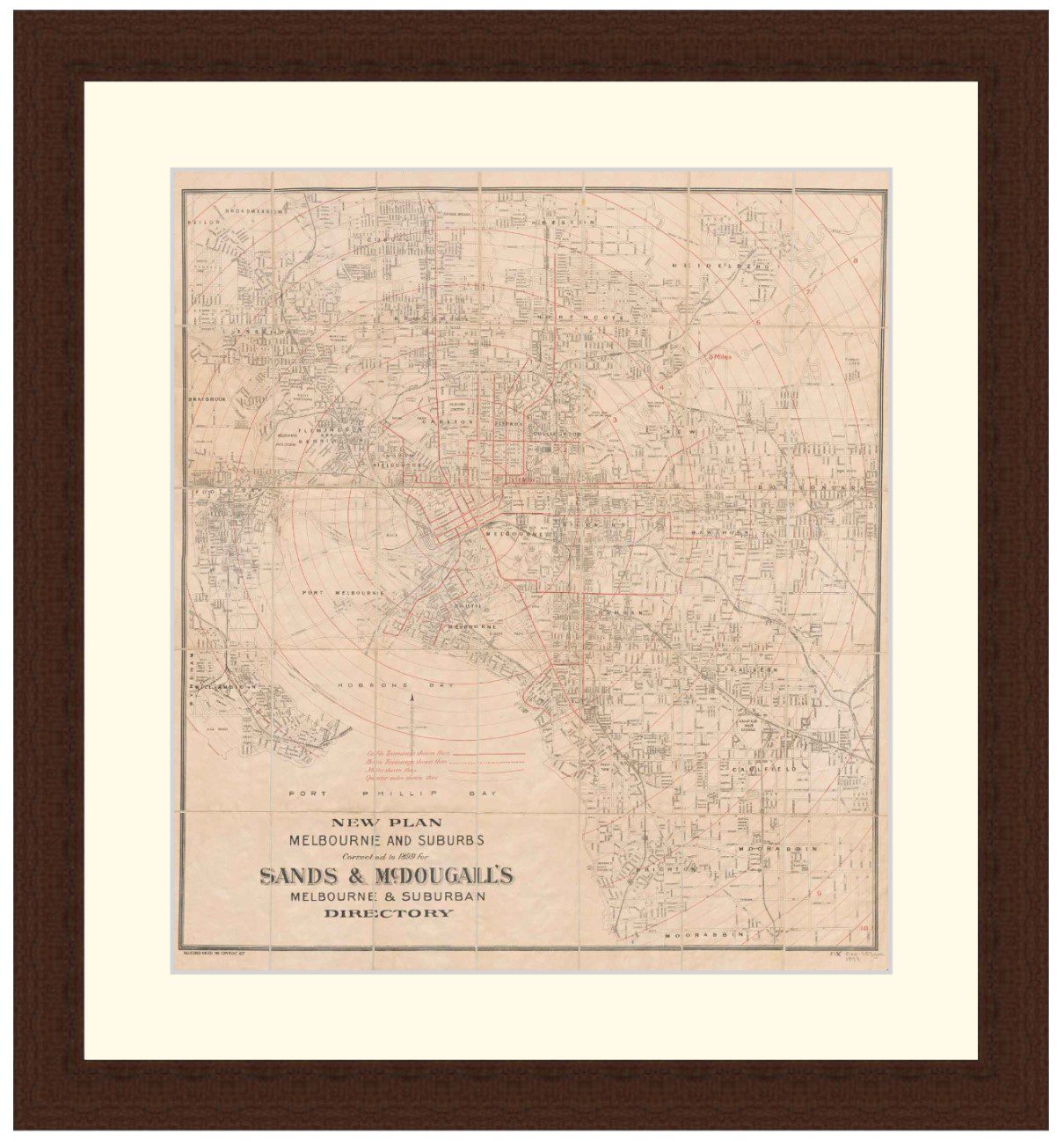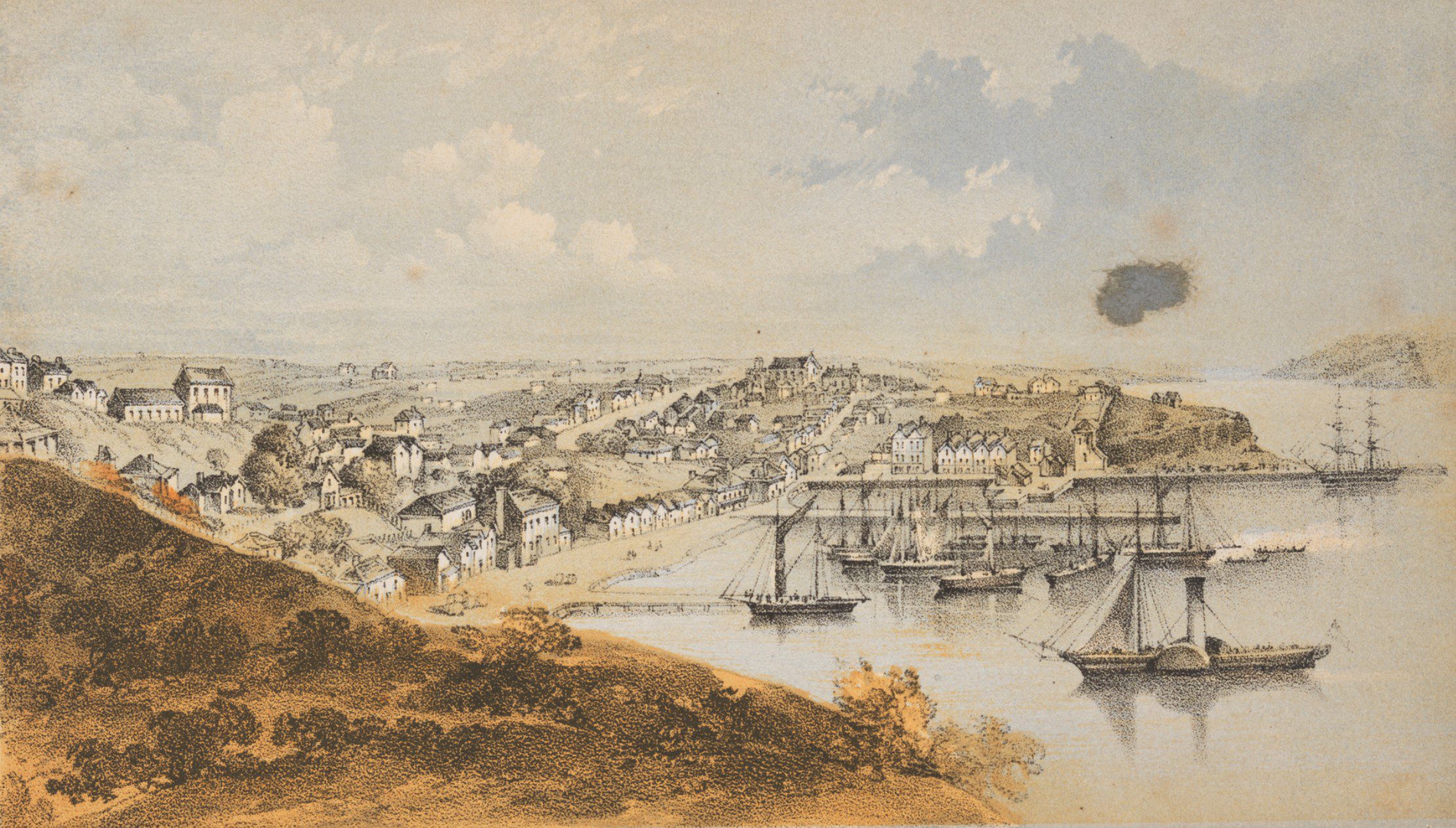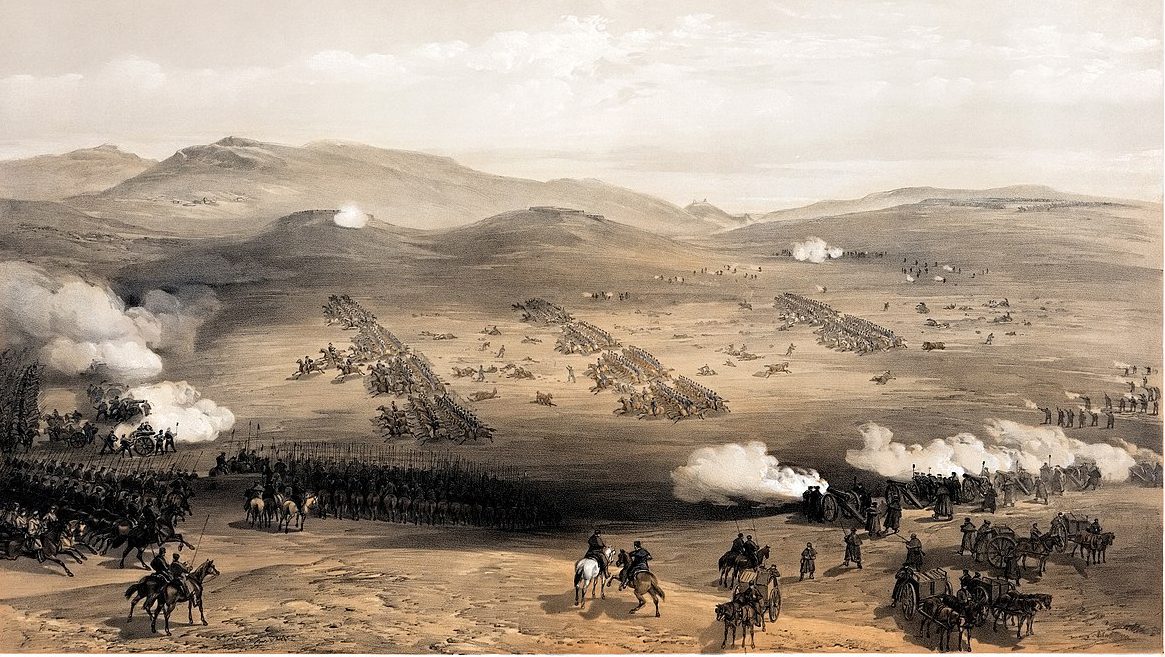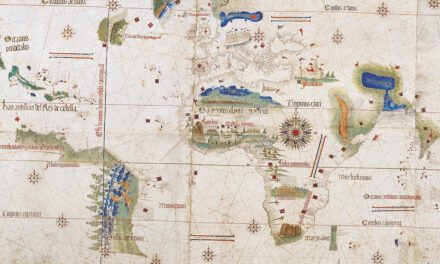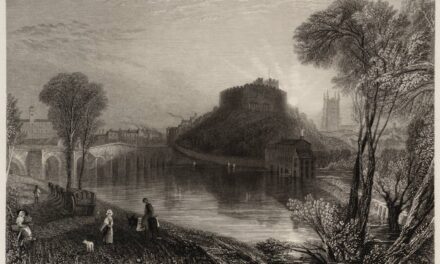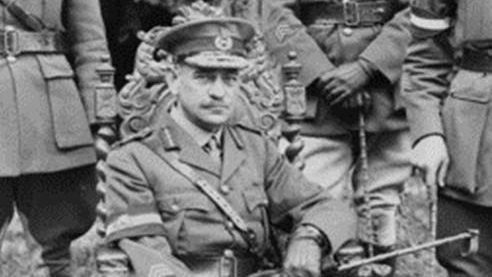History Guild General History Quiz 207
See how your history knowledge stacks up!
Want to know more about any of the questions? Scroll down to learn more!
Have an idea for a question? Suggest it here and we’ll include it in a future quiz!
The stories behind the questions
1. Which was the most notorious UK rotten borough?
Old Sarum – From the reign of Edward II in the 14th century, the borough of Old Sarum elected two Members of Parliament to the House of Commons. The town declined and by the 17th century, had no resident voters. It was owned by the Pitt family, and allowed William Pitt the Elder to retain a seat in the House of Commons. There was a campaign to eliminate these rotten boroughs, but William Pitt the Younger quashed it by making it illegal for them to meet or publish information about reform.
The rotten boroughs were subsumed into nearby boroughs with the passage of the Reform Act in 1832.
2. What part did Mexico play during WW2?
Declared war on the Axis powers in May 1942 – In May 1942, a Nazi submarine sank a Mexican oil tanker, then another was sunk only a week later. Mexico declared war on Germany, Italy and Japan the following day. Thousands of Mexicans fought as volunteers in Allied armies, however the only official Mexican military forces to see combat was one fighter squadron, which served in the Pacific.
3. Who formed the Spartacus League in Germany in 1914?
Rosa Luxemburg – A Marxist revolutionary movement founded to oppose German involvement in WW1, it was formed by Karl Liebknecht, Clara Zetkin and Rosa Luxemburg.
4. Which monarch was the target of the 1605 gunpowder plot?
King James VI and I – The plot was carried out by English Catholics who wanted to remove the Protestant King. In the wake of the plot repression of Catholics was increased significantly.
5. Who wrote the influential General Theory of Employment, Interest and Money in 1935?
John Maynard Keynes – The book founded the Keynesian Revolution, which had important consequences for economic policy. It supported government spending and budgetary deficits when necessary as well as monetary intervention and counter-cyclical economic policies.
6. Beginning in 1960, when did the Guatemalan Civil War end?
1996 – The Guatemalan Civil War took place from 1960 to 1996 between the government of Guatemala and various leftist rebel groups supported chiefly by ethnic Maya indigenous people and Ladino peasants, who together made up the rural poor.
7. Who painted Wanderer above the Sea of Fog, shown below?

Caspar David Friedrich – Considered the most important German artist of his generation, Wanderer above the Sea of Fog was painted in 1818.
8. Which was the first planet to be discovered with the use of a telescope?
Uranus – Jupiter, Mars and Venus can all be seen with the naked eye, and were discovered prior to this.
William Herschel used a 6.2in reflecting telescope to find the planet in 1781. He initially thought it was a comet, but once he realised it was the solar system’s seventh planet he named it George’s star in honour of George III. It later became known as Uranus, after the Greek god who fathered the Titans.
9. When did the British monarch last withhold Royal assent to prevent a bill becoming law?
1708 Scottish Militia Bill – Queen Anne refused to give the bill Royal Assent due to fears about the loyalty of the Scottish forces that would be raised.
10. When did Libya become independent?
1951 – It was an Italian colony from the end of the 1912 Italo-Turkish war until it was occupied by the Allies in 1943. The Allied occupation of Libya ended when Libya declared its independence on 24th December 1951. It was the first country to achieve independence through the United Nations.

